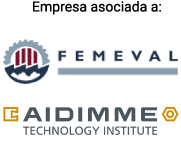El lijado de superficies planas barnizadas es una operación habitual en la industria de la madera, los tableros y la...
}When we refer to stainless steel we are faced with a material with innumerable uses and applications in the industrial, commercial and domestic fields:
Equipment for the chemical, food, cosmetic and pharmaceutical industries.
Civil construction.
Cutlery, cutlery, crockery and household utensils.
Home appliances, equipment and commercial furniture.
Car industry.
Surgical apparatus and instruments.
Tools, etc.
This wide range of utilities is due to the fact that stainless steel has endless advantages as it is a highly resistant material: to water, steam, humidity, corrosion, changes in temperature, impacts and scratches. . From a construction point of view it is easily weldable, it can be folded, it is durable and recyclable. In addition, it is a hygienic material, which does not alter the properties of food. In short, it is a very versatile material and one that is being used more and more for decorative purposes.
At an industrial level, from the point of view of surface preparation and finishing, stainless steel is mechanically treated with friction chip removal processes: machining, sanding or polishing with sanding belts.
During these works, the abrasive belts prepare the surface to achieve the required technical finishes:
Thick finishes
Finishes with slightly higher gloss and reflectivity.
Satin
Reflective but not clear finishes
Mirror finishes
Ultra-reflected finishes with a polished surface.
For finishes with coarse mechanical abrasion, surface finish with uniform and coarse parallel lines, sanding belts with coarse grains 60, 80 and 100 are used; while for finishes that present a slightly higher gloss and reflectivity, grains from 120 to 320 are used. For satin finishes, surface conditioning belts that can achieve fine surfaces of up to 20 microns Ra are suitable.
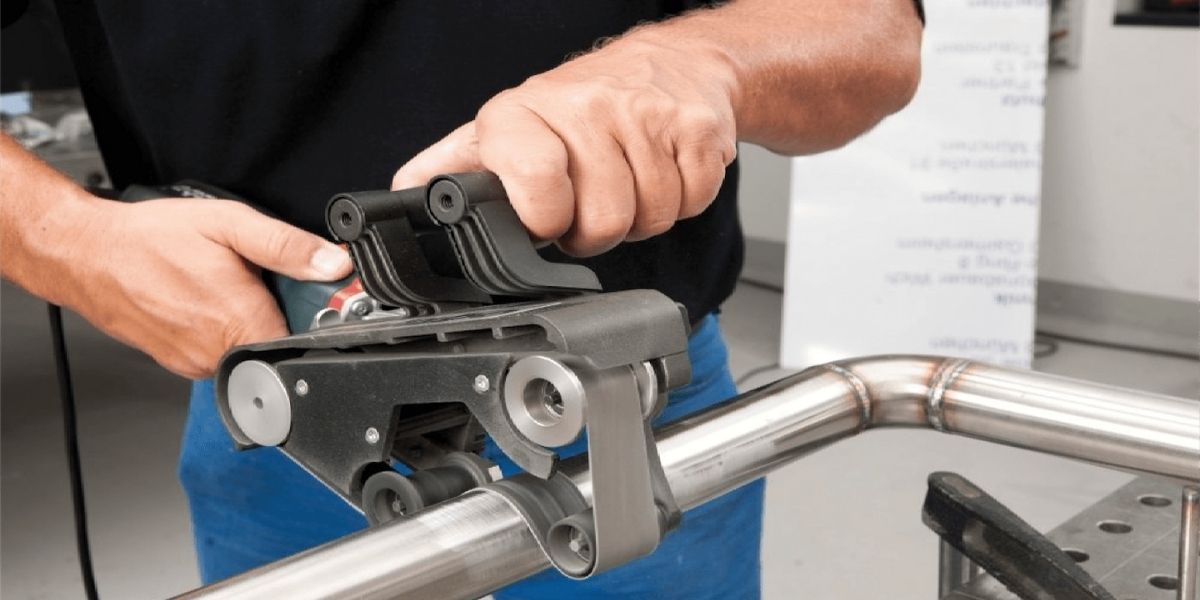
Tips for sanding and polishing stainless steel with sanding belts
During these operations, we must take special care to avoid excessive heating of the steel surface during preparation work. The heat caused during friction generates an increase in temperature, a natural enemy of working with stainless steel and also of the good finish and performance of abrasive belts.
In addition to the use of liquid coolants during some jobs with stainless steel, the proper use of sanding belts will also help us to reduce the temperature of the part avoiding problems of discoloration of the stainless steel surface.
The main recommendations to achieve the best finishes, during the treatments with abrasive belts, are aimed at performing the sanding or polishing operations in the shortest possible time, providing a fast, efficient cut with a long duration.
The main variables to take into account when working with sanding belts are shown below:
Perform the fewest number of steps to achieve the desired finish. In this way, the time of exposure of the surface to the temperature increases that occur during its treatment is reduced.
Choose a correct grain scaling that is appropriate to the initial state of the surface we want to treat and that allows us to achieve the required finish level.
Use abrasives that incorporate active coolants, that is, dry lubricants that are dispersed on the abrasive itself that help reduce the temperature in the work area.
Use abrasive belts whose grain technology facilitates fast cutting, which helps reduce friction. Wear, breakage or premature clogging of the abrasive grains will have the opposite effect.
Use the ideal type of mineral for the type of operation to be carried out, and that provides constant cutting power and a uniform scratch pattern.
Use sanding belts with cloth supports suitable for wet sanding, if you are working with liquid lubricants.
Belt sander machine considerations
In addition to the key points discussed the use of abrasive belts, the working parameters and the composition of the belt sanding machines are also decisive to achieve high-quality surface finishes. We must consider:
the number of units or sanding heads available.
the hardness and type of contact wheels.
the sanding pressure exerted.
the cutting speed at which the sanding belts work
and the speed of advance of the pieces during the sanding work.
In general, it is recommended to carry out sanding and polishing operations with low pressure, selecting a cutting speed that guarantees speed of work, but without generating a considerable increase in temperature. Regarding the speed of advance of the pieces, we must bear in mind that the surface finish is better the lower the speed of advance, however, this circumstance entails a negative effect by increasing the exposure time of the surface to temperature gradients.
Technology available in sanding belts
During the last years, the main abrasive manufacturers have made very important technological advances to improve the treatment, sanding and polishing of stainless steel.
The abrasive grain technology has been perfected obtaining:
More resistant ceramic minerals, with greater material removal capacity and faster cutting.
Minerals with constant self-filament effect thanks to their compact and agglomerated grain structure.
Minerals with pyramidal geometry, micro replicated, to achieve uniform, reproducible finishes with constant roughness.
Minerals with binders and special additives for high gloss surfaces.
Surface conditioning abrasives that allow the desired sanding and polishing to be achieved in a single operation, offering a unique combination of cutting power, finish and durability.
At Abracom we are manufacturers of abrasive belts, specialists for the industry with more than 35 years of experience. We have all types of minerals and all the supports and grains necessary for the treatment of stainless steel surfaces. Count on us for your material removal, cleaning and surface finishing work.





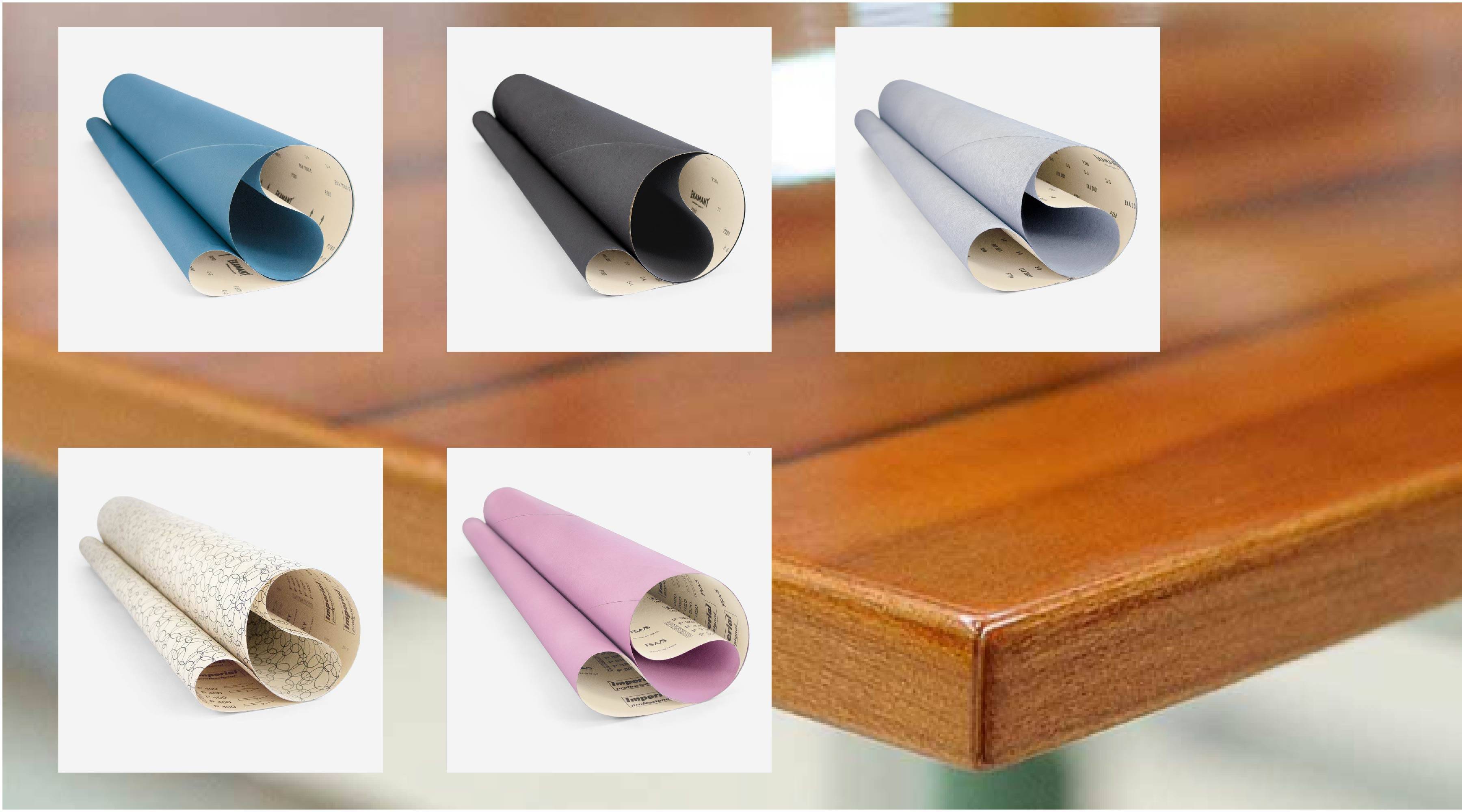
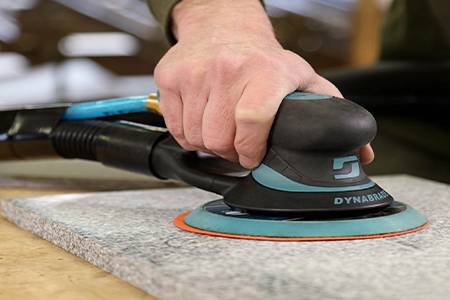
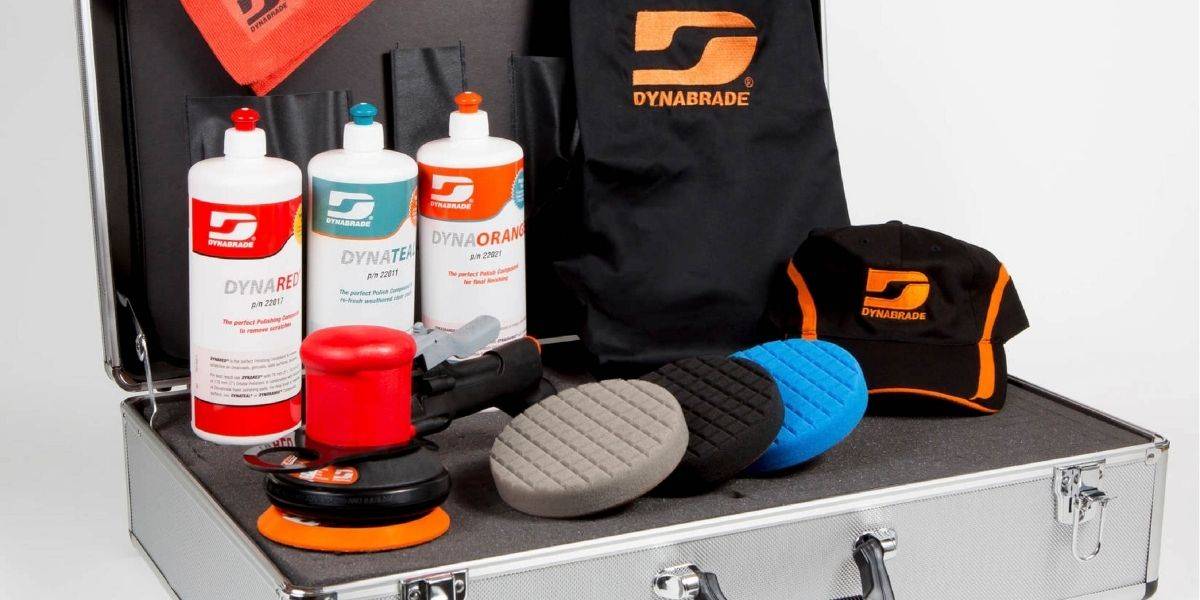
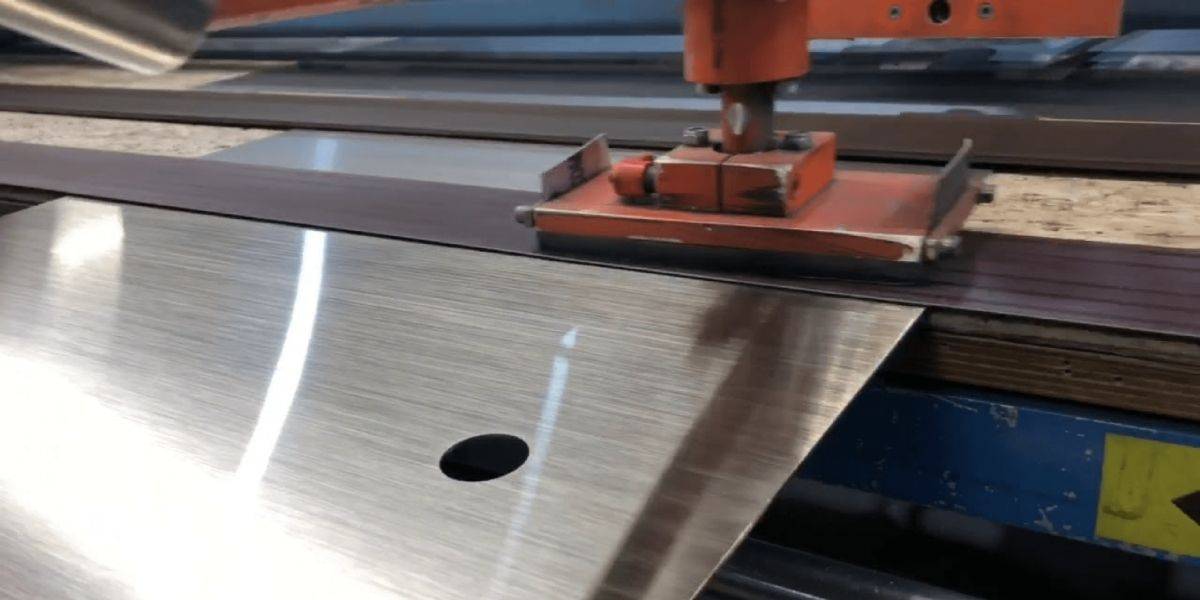
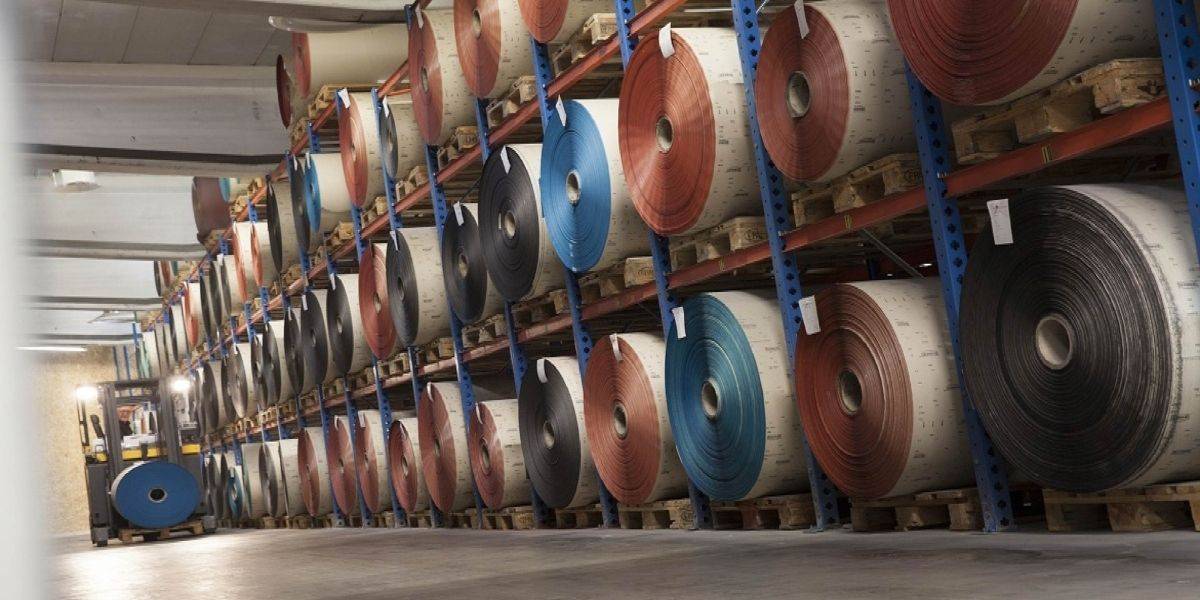
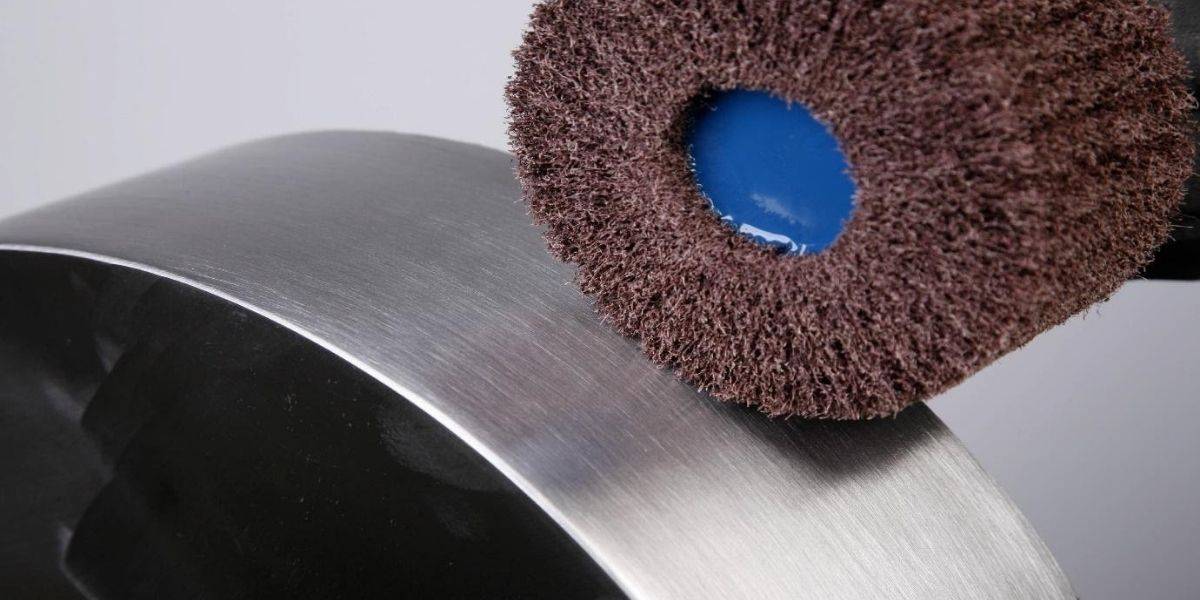
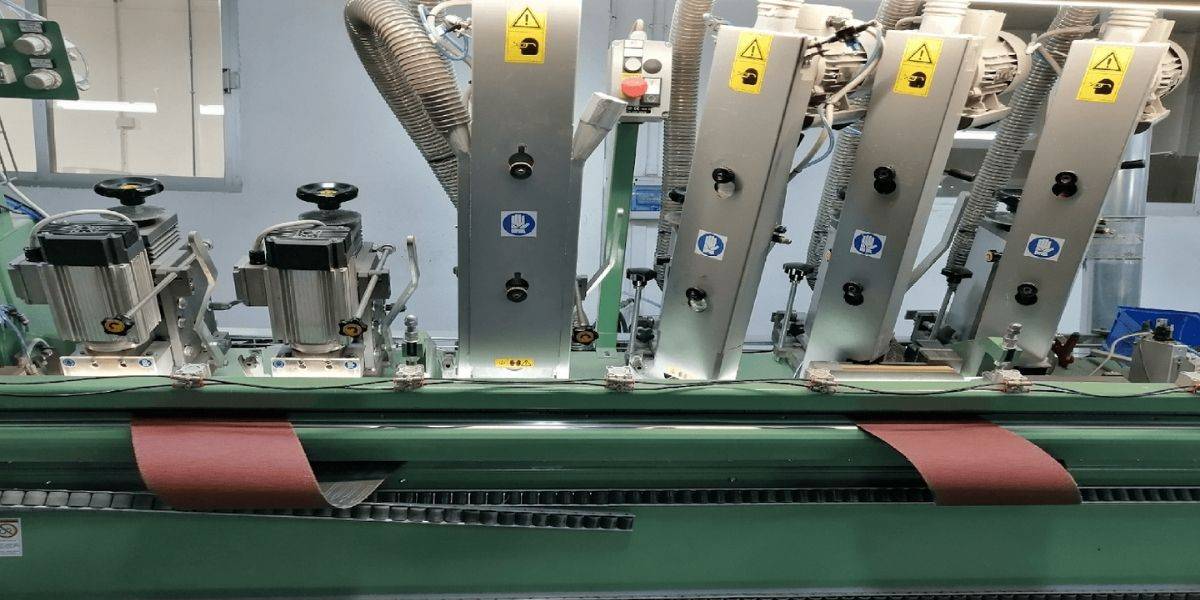
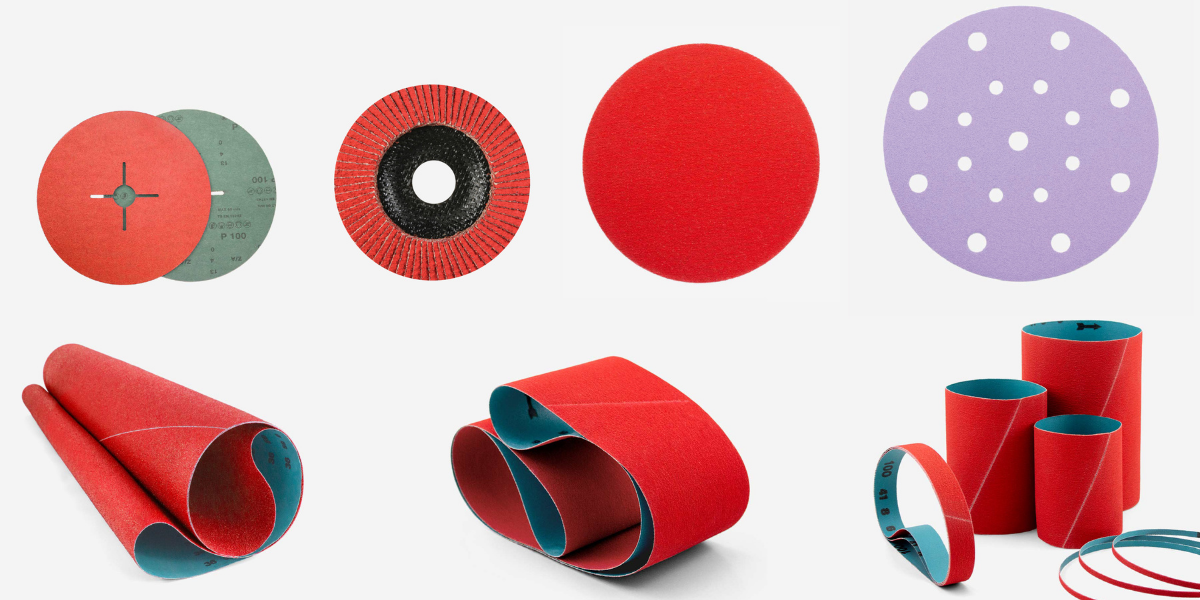
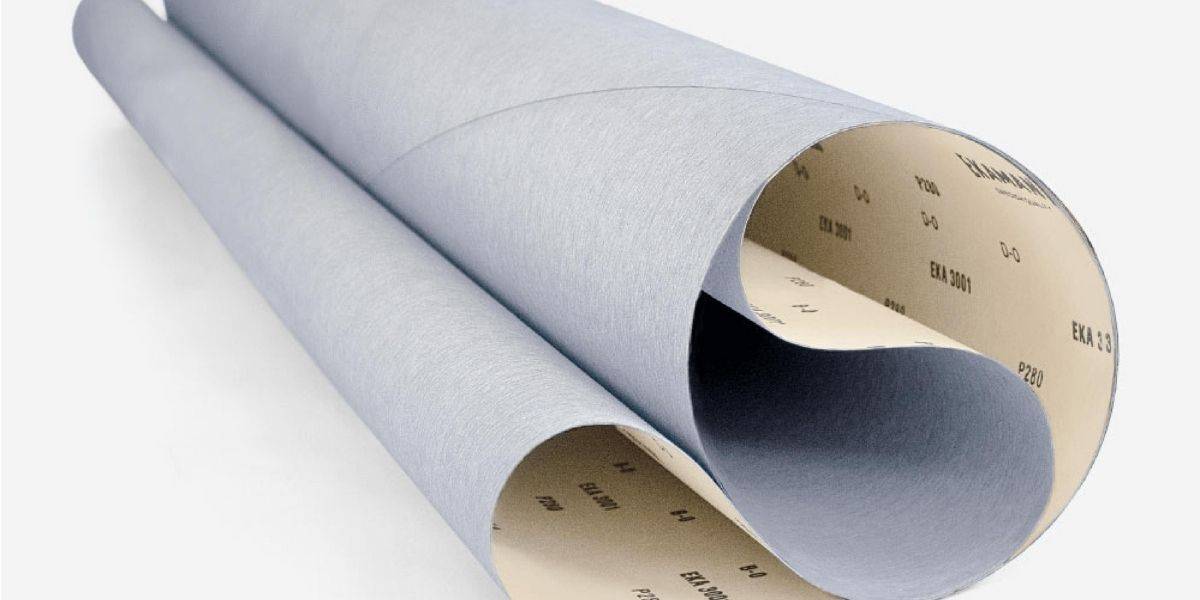

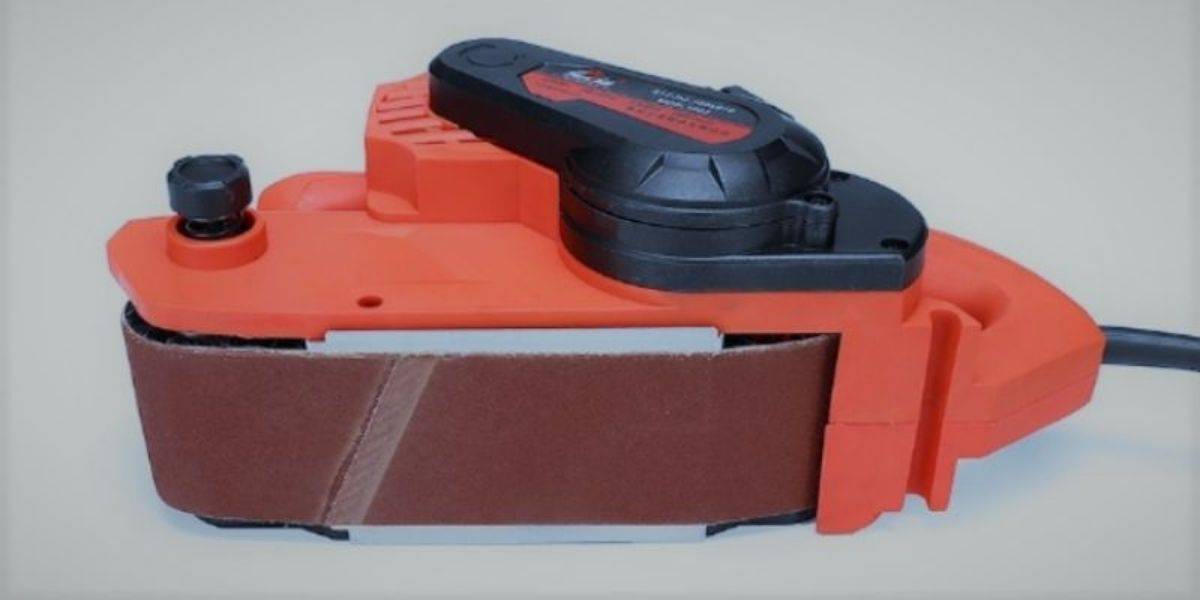
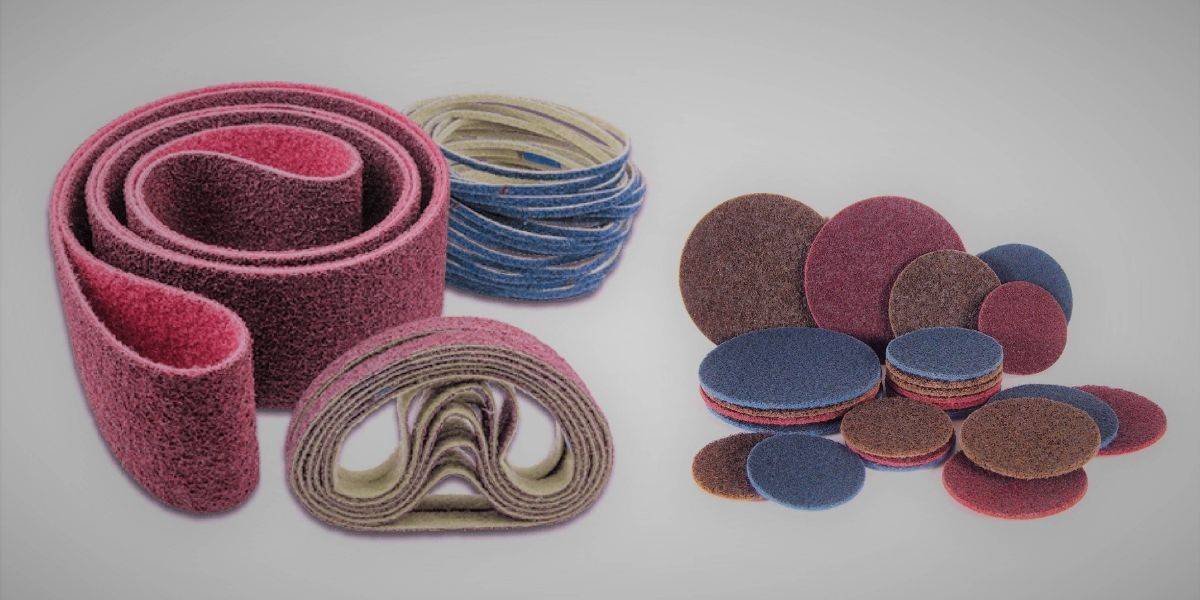
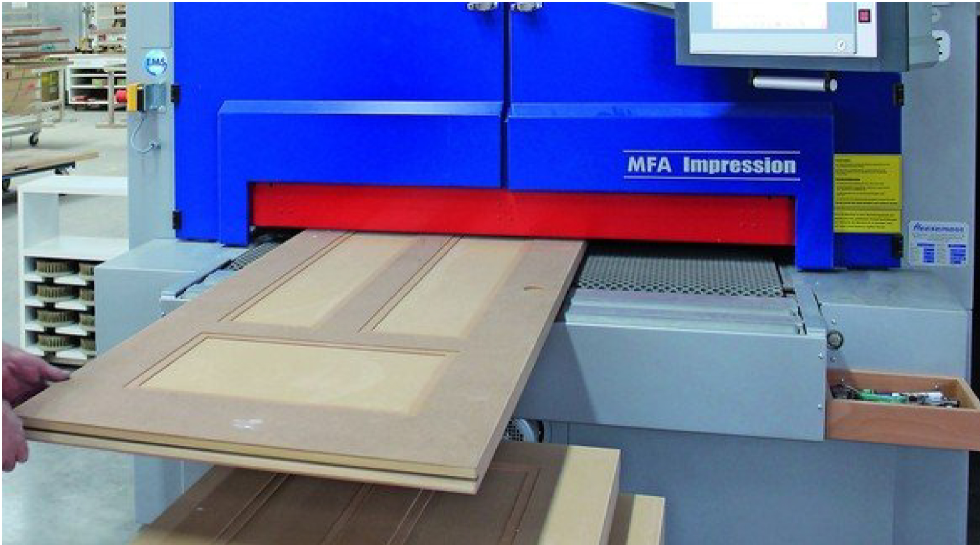

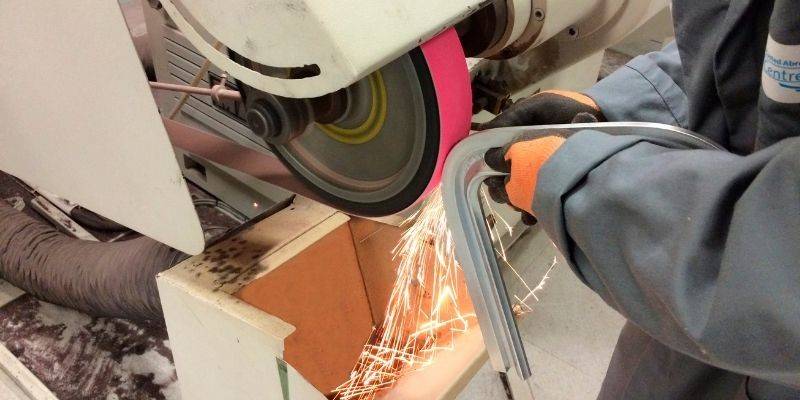
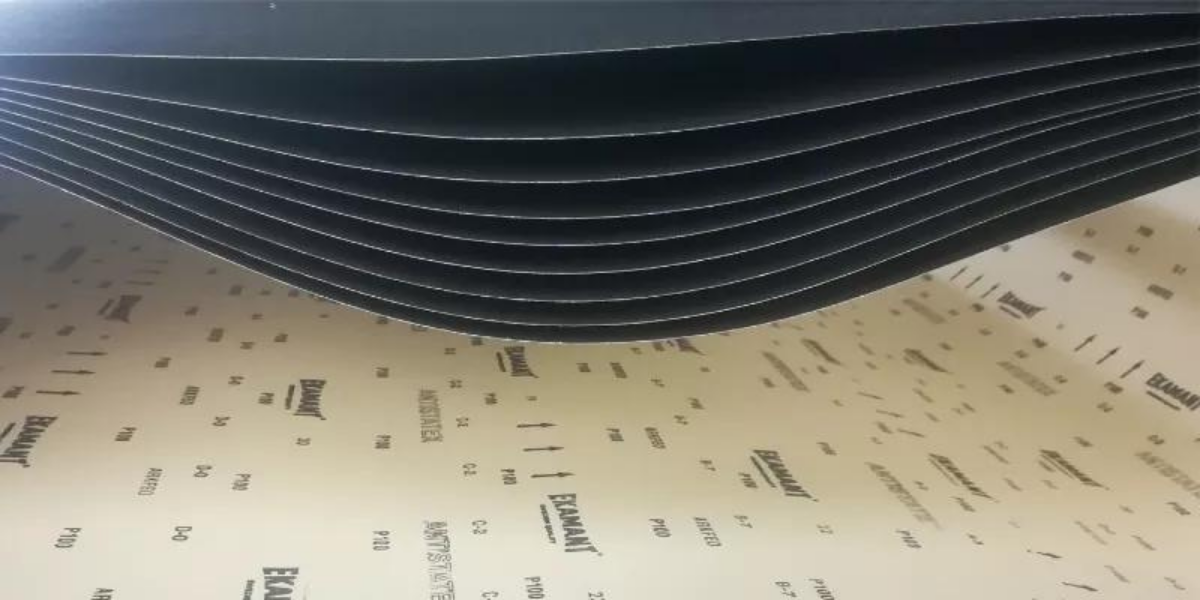
.png)
.jpg)




